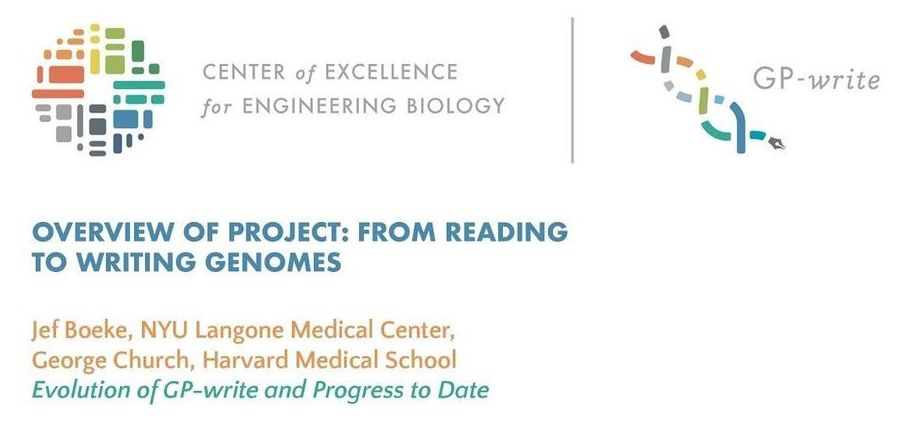The Human Genome Project is probably the most ambitious scientific proposal ever made.
ii. writing DNA
Synthesising short, single stranded fragments of DNA, called oligonucleotides (oligos for short) has been automated and affordable for a number of years now, and almost every biology laboratory in the world uses these short fragments (usually 18–25 base-pairs — compare this to the human genome which is 3 billion base-pairs long) for applications ranging from disease diagnostics to making genetically modified plants. What really has been a game-changer in DNA synthesis is the ability to synthesise longer pieces of DNA and the ability to join these together efficiently to form synthetic gene length fragments.
This ability to synthesise DNA quickly and cheaply has excited a group of biologists who want to use it to create entire genomes from scratch. To study life by building it, gene by gene. Going further, scientists want to create a “minimal genome” to identify exactly only those genes absolutely necessary to support the most basic form of life. Genome synthesis could also enable us to create optimised strains of biological workhorses like yeast, to more efficiently produce pharmaceuticals and fuels. These ambitions have fuelled the field of synthetic genomics, beginning with the synthesis of a Mycoplasma mycoides genome by Craig Venter in 2008.
